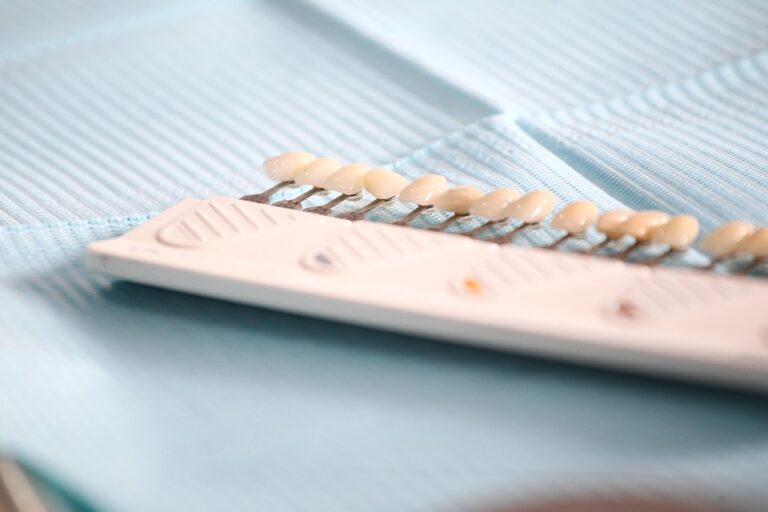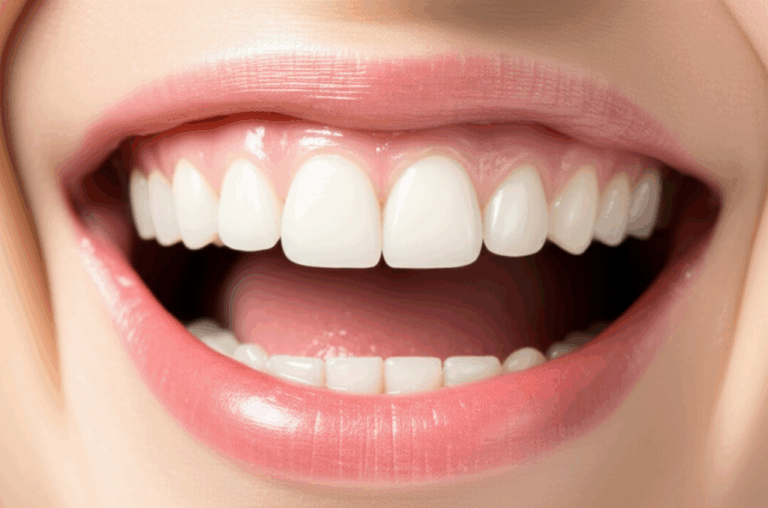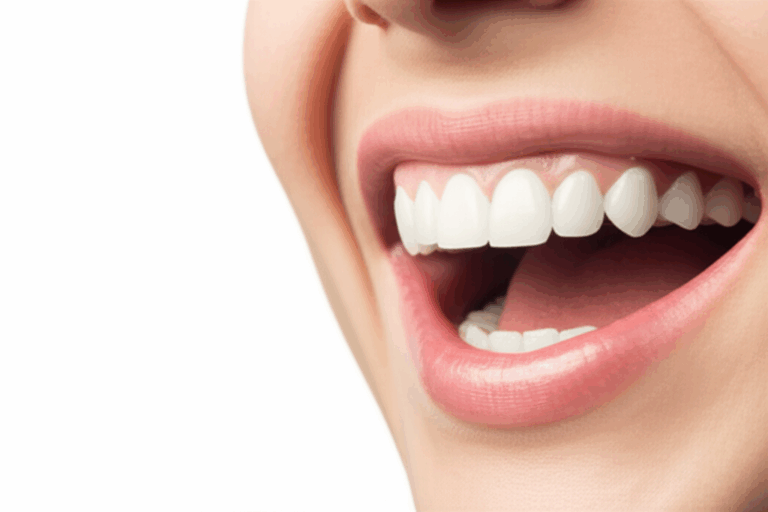
What Are The Problems With All-On-4 Dental Implants
Thinking about All-On-4 dental implants? You’ve probably heard a lot about them. It sounds great—get a new set of teeth fast and say goodbye to dentures. But is it really the best answer? In this article, I’ll walk you through the main issues you might face with All-On-4 implants. I’ll talk truthfully about what patients go through, how these problems can mess up your plans, and what you can do about it. Take a look—especially if you care about your health, time, and money.
Article Outline
- What Is The Hype Around All-On-4 Dental Implants?
- Are All-On-4 Implants Really For Everyone?
- Can All-On-4 Implants Fail?
- What About Bone Loss Or Infection?
- Do All-On-4 Implants Feel Like Natural Teeth?
- What Do People Say About The Pain and Recovery?
- How Much Maintenance Do All-On-4 Implants Need?
- Are There Any Long-Term Risks With All-On-4 Implants?
- What If You’re Not Happy With The Results?
- Could Cheaper Labs, Like A china dental lab, Affect Quality?
- What Are The Alternatives To All-On-4 Implants?
What Is The Hype Around All-On-4 Dental Implants?
You’ve probably seen ads or heard dentists talk excitedly about All-On-4. The idea is simple: four implants hold a full set of new teeth—all done in one shot. No dentures to take in and out. No more hiding your smile at parties or skipping steak night.
But as someone who’s been around dental care for years, I’ve seen trends come and go. There’s a reason All-On-4 sometimes sounds too good—it promises a fast fix for a long-term problem. And we all know shortcuts can hide problems.
For example, dental ads often skip over the tough details. They leave out that you might deal with pain or weeks of eating only soft foods, or that sometimes, the implants just don’t work. It’s smart to look deeper before you decide.
Are All-On-4 Implants Really For Everyone?
If you believe some clinics, everyone over 40 should get All-On-4. But let’s not rush. Not every patient is a good fit.
If you have big bone loss in your jaw (maybe you lost teeth years ago), you might not have enough bone left. And if you have health problems—like uncontrolled diabetes, or you smoke a lot—your chances of success go down.
Age matters too. Older people’s bones heal more slowly. Even if your dentist works with the top zirconia lab or emax dental lab around, your body still has to do its part.
Can All-On-4 Implants Fail?
Even when everything is done right, sometimes things just don’t work. I’ve seen it—patients who do every step still lose implants. Sometimes the bone won’t hold the implant. Or your body just rejects it.
A friend of mine, who drinks a lot of coffee, lost two implants six months after his surgery. He brushed, flossed, and always came to his checkups. But under the gums, a hidden infection was brewing. He had to redo the whole arch.
So yes, failure happens. And sometimes, there’s no quick fix. If all four implants fail, you’re left with even less bone than before. That’s tough to deal with.
What About Bone Loss Or Infection?
Here’s the thing with bone loss: one reason for implants is to stop it. The idea is, the implants take the place of roots and keep the bone healthy. But, with All-On-4, only four spots hold all your teeth. That puts a lot of pressure on those points.
If the implants can’t handle it, bone loss starts again like a bad surprise. This leads to pain, loose teeth, and even makes the fit worse over time. Plus, it makes future repairs hard.
Infections aren’t just rare. If germs get in during or after surgery, you can end up with a serious infection deep in the jaw. I’ve seen this happen when patients tried to save money at a 3d dental lab that didn’t clean things well. The result? Months of antibiotics, and sometimes the implant has to come out.
Do All-On-4 Implants Feel Like Natural Teeth?
Dentists love to say, “You’ll forget they’re not real!” But the truth is, even the best zirconia or emax dental lab can’t give you real tooth nerves.
Many patients feel the difference. Biting into an apple may not feel the same. Eating hot soup? Sometimes it burns more, since you don’t get as much feedback. And sticky foods—like caramel—can drive you crazy.
Still, All-On-4 usually feels better than loose dentures, but it’s not totally the same. There’s a learning curve, and don’t let anyone tell you otherwise.
What Do People Say About The Pain and Recovery?
Pain is nothing to hide. Getting four implants in your jaw, sometimes all at once, is a big deal. You’ll get swelling, bruises, and a sore jaw. The worst pain goes away after a week or two, but some people feel sore for months.
A neighbor of mine got All-On-4 to skip denture checkups—but the first three days were really tough. Ice packs and soup were her go-to meals. She healed in the end, but said she wished she’d given herself more time off.
And sometimes, though rare, nerve damage can cause tingling or numbness that lasts. That’s not something even the top dental lab can help.
How Much Maintenance Do All-On-4 Implants Need?
It’s easy to think you’re finished after surgery. But actually—you have to keep up with cleaning. You need to brush, floss, and clean under your new teeth. Food loves to get stuck under there.
If you skip cleanings or use the wrong brush, you can get gum problems or lose an implant. I’ve seen patients forget about this. By year two, they’re back in my office, worried about bleeding gums or bad breath.
Plus, sometimes the fake teeth chip or crack, especially if they aren’t made from strong stuff by a good zirconia lab. Repairs take up time and money—and are a hassle.
Are There Any Long-Term Risks With All-On-4 Implants?
Let’s talk about later on. Over time, the jawbone might shrink away from the implants. This makes the chewing teeth loose.
Nothing lasts forever. Even if you pick the best material from an emax dental lab, these bridges might only last 10-15 years, or less.
And as you get older or your health changes, your mouth shape changes too. You could get gum problems or lose more bone. These changes can make a good fit turn into a bad one, and you’ll need it fixed.
What If You’re Not Happy With The Results?
Regret is a word I wish I didn’t hear so much. Sometimes, people just don’t like how their new teeth look or feel. Maybe the color is a bit off, or the teeth feel big and awkward.
Doing it over means more money and more time. Not all dental labs can get the color or shape right the first try—especially if they’re a busy 3D dental lab that hurries jobs.
And once you go with All-On-4, it’s hard to switch back. Your real teeth are gone—you can’t go back.
Could Cheaper Labs, Like A China Dental Lab, Affect Quality?
The world’s small these days, and many dentists get fake teeth from a china dental lab to save money. Sometimes the work is good. Other times, patients need repairs again and again.
A local dentist told me she tried a china dental lab once. The fit was okay, but the teeth got yellow after just six months. Patients saw it. She went back to her old zirconia lab, even though it cost more, because the problems weren’t worth it.
Quality is important. The best labs use good materials, know their stuff, and care about their name. When it’s your teeth, you want someone you can call—not a factory on the other side of the planet.
What Are The Alternatives To All-On-4 Implants?
Here’s the nice part: you have choices. Removable dentures are better now—they’re lighter, comfier, and less expensive. Some people really like implant-supported overdentures, which snap into place to stay put but come out for cleaning.
You can also get single implants to replace one or a few important teeth, if you haven’t lost every tooth. These feel more like your real teeth and put less stress on your jaw than just four holding a whole set.
It all depends on what you need, your way of life, and your wallet. Talk to your dentist, ask questions, and look at all your options before choosing.
FAQ
Q: Will I need bone grafting with All-On-4 implants?
Most people don’t, but if you have a lot of bone loss you might. Your dentist will check by looking at X-rays and scans.
Q: How soon can I eat normally after surgery?
Plan on eating mostly soft foods for at least two weeks. Hard foods can slow healing, so take your time.
Q: Will insurance cover All-On-4 implants?
Some plans pay a part of the cost, but most don’t see them as “medically needed.” Ask your insurance first.
Q: How do I choose a good dental lab for my implants?
Ask your dentist where they get their work done. Look for good materials and proven results—not just a cheap price.
Key Takeaways: What To Remember About All-On-4 Dental Implants
- All-On-4 is a big step—and not right for everyone.
- Implants can go wrong, and fixing them isn’t always simple.
- Even the best dental lab can’t promise your teeth will last forever.
- Bone loss and infection can sneak back if you’re not on top of things.
- Healing needs time, care, and patience.
- Cheaper labs (like some china dental labs) can mean more trips for repairs.
- You’ll need to clean and look after your new teeth every day.
- If you don’t like your results, changing your mind is hard.
- There are other options! Check everything before you decide.
- Good dental care and talking honestly with your dentist matter more than saving time or money with shortcuts.
Going into All-On-4 with your eyes open? That’s the smartest way to look after your health, money, and happiness. Don’t let anyone push you—ask questions, go slow, and trust your instincts.







